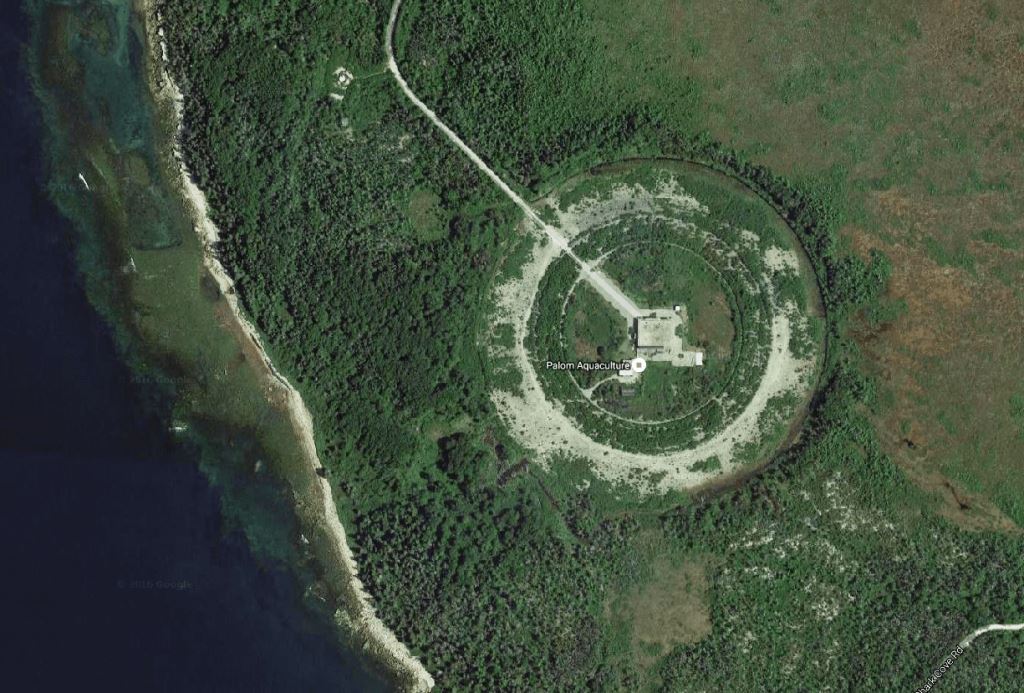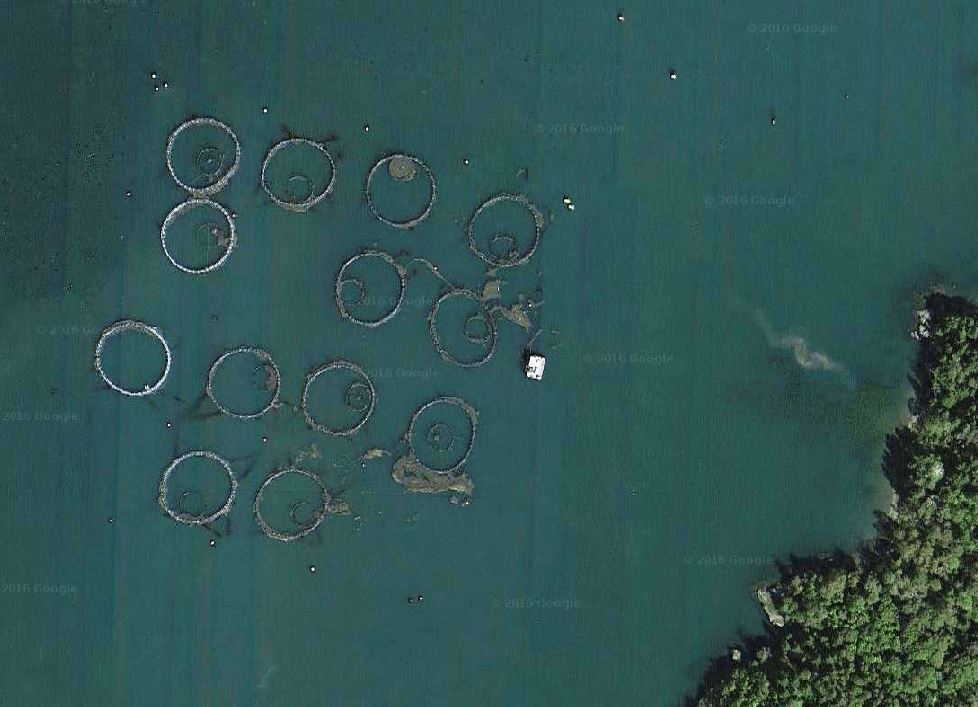- Palom Home
- Recirculating Aquaculture Systems Pros
Recirculating Aquaculture Systems Pros And Cons

Below we discuss recirculating aquaculture systems pros and cons. The marine aquaculture industry is evolving and is quite dynamic. As a portion of the industry moves away from traditional net pen farming to organic pen farming, it is interesting to compare, in a simple list, why many companies like Palom are moving to RAS.
RECIRCULATING AQUACULTURE SYSTEMS PROS and CONS
RAS (naturally farmed) versus PEN (naturally farmed)
Large Format for PC's or Tablets
1.) Naturally Raised
RAS - Yes
PEN - Yes
The USA legal definition or "natural" is "non-irradiated." Obviously, this leaves a lot of discretion to the farmer for labeling. Here, the definition means that the animal is left alone in the water environment to swim throughout its life with minimal human contact. The fish does not come in contact or ingest man-made synthetics unless there is the potential of catastrophic loss of the crop. All animals are given vaccines in the early smolt stage. Farms do not introduce sub-therapeutics in the feed.
2.) Spread Of Pathogens
RAS - No, physical barriers
PEN - Yes, sea currents, sea life
On land, a closed containment system has physical barriers like gates, doors, walls and roofs. Net Pens do not as the grow-out facility is typically in sea bays. Birds, marine life, currents and work boats spread disease no matter the care taken. Farms are in the wild.
3.) Technology - Off the Shelf
RAS - Yes
PEN - Yes
RAS is a known technology as it has been used in hatcheries for years. More recently large conventional companies are using RAS to grow large smolt in sea water before introduction into seawater nets.
4.) Predator Attacks
RAS - No, farm enclosed
PEN - Yes, from sea and air
See two above
5.) Pollution Discharged
RAS - No, effluent filtered
PEN - Yes, direct to ocean
RAS pollution is constantly filtered and monitored before discharge into local waterways. PEN farms float in local water ways. Measurement is difficult as the seawater environment is in constant flux.
6.) Growth Period
RAS - 12-14 months
PEN - 18-24 months
With RAS, Palom controls, light, water temperature and chemistry and food
7.) Escapes
RAS - None, on land
PEN - Yes, through netting
With closed containment, all discharge outlets have screening.
8.) Capital Costs
RAS - High
PEN - Medium
RAS has infrastructure costs much higher than net systems.
9.) Operational Costs
RAS - Medium
PEN - Medium
Both are medium, though Recirculating Aquaculture Systems , are more efficient and RAS must pay interest and electricity costs
10.) Crop Insurance
RAS - Yes
PEN - Difficult, acts of nature
11.) Modify Growth Curve
RAS - Yes, all variables measured
PEN - Yes, but difficult with weather
12.) Premium Pricing Over Conventionally Raised Salmon
RAS - Yes
PEN - Yes
13.) Locally Grown
RAS - Yes, Maine USA
PEN - No, imported

